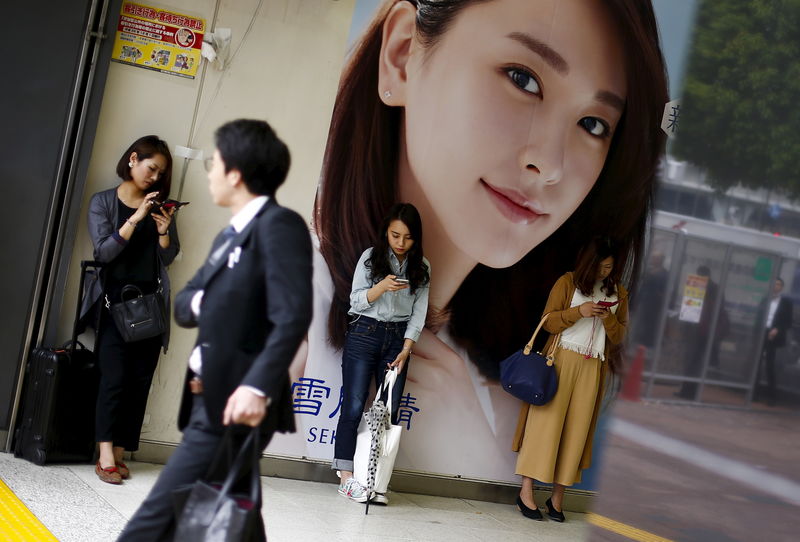By Ambar Warrick
Investing.com -- Japan consumer price index inflation retreated from over 40-year highs in February, data showed on Friday, as government subsidies on utility costs, a firmer yen, and lower commodity rates helped bring down price pressures.
Core CPI inflation, which excludes volatile fresh food prices, rose 3.1% as expected in the 12 months to February, falling sharply from January’s reading of 4.2%. The reading was at its lowest level since September 2022, but was still well above the Bank of Japan’s 2% annual target.
Including fresh food, CPI inflation grew 3.3% in the 12 months to February, down from 4.3% in the prior month.
CPI inflation fell 0.6% in February on a month-on-month basis.
The reading comes in line with earlier data showing that inflation in Tokyo, which acts as a bellwether for the rest of the country, eased from an over 40-year high in February.
A nearly 19% drop in electricity prices from the prior month was the biggest contributor to the lower inflation reading, as Japan rolled out an additional ¥2 trillion ($1 = ¥130.75) in subsidies to dampen the impact of high inflation on the economy.
Gas prices fell 6.5%, while fuel charges fell 11% as a sharp drop in global commodity prices resulted in lower import costs for Japanese utilities.
Natural gas prices slumped to near record lows earlier this year, while oil prices fell to 15-month lows this week amid concerns that a global banking crisis will dent economic growth and hurt crude demand.
Strength in the yen, amid lesser pressure from the dollar, also helped reduce import prices in Japan. The yen was flat after Friday’s reading.
Friday’s inflation reading helps further the Bank of Japan’s stance to keep its ultra-loose policy unchanged, as the central bank sees a change in leadership.
The BOJ had come under increasing pressure to tighten policy as inflation surged to a near 42-year high in January. But it had maintained its ultra-accommodative policy in its February meeting, stating that inflationary pressures were likely to ease in the near-term thanks to government subsidies.
Still, the BOJ expects inflation to pick up once again by mid-to-late 2023, and only sees price pressures coming within its 2% target range by mid-2025.
Rising inflation battered Japan’s economy in recent months, with GDP barely expanding in the fourth quarter of 2022.
